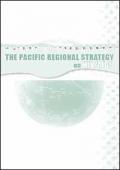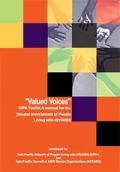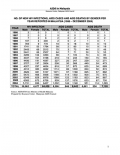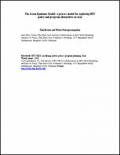Publications on People Living With HIV (PLHIV)
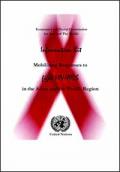
Resource | Tools,
A multisectoral approach to HIV/AIDS aims at mobilizing resources – financial and otherwise. Sector-wide approaches provide opportunities for integrated responses to HIV/AIDS, moving away from the traditional vertical approach that addresses HIV/AIDS as a disease specific (biomedical) or a narrowly-defined problem rather than incorporating poverty, development, nutrition, education and other prevalent factors that may help drive the epidemic.
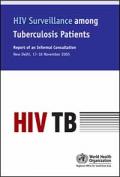
Resource | Publications,
In order to address Region-specific issues in this area reflecting the current epidemiological situation and the status and capacity for delivering the necessary services in the countries, there has been a call from Member Countries in the Region to conduct a technical forum and to outline regional strategic directions for HIV surveillance among TB patients.
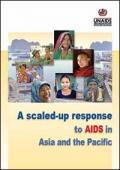
Resource | Publications,
This report summarizes the AIDS challenge in Asian and Pacific countries. Using the best available evidence, it discusses the reasons why critical services currently reach only a fraction of those in need. It also outlines the action needed that will allow the region to seize this key moment of opportunity.
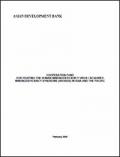
Resource | Publications,
In 2002, Dr. Peter Piot, the Executive Director of UNAIDS, stated: "The epidemic in Asia threatens to become the largest in the world. With more than half the world's population, the region must treat AIDS as an issue of regional urgency. The question is no longer whether Asia and the Pacific will have a major epidemic, but rather how massive it will be." The goal for the Asian Development Bank (ADB) is to be an effective partner to its developing member countries (DMCs) in addressing this challenge.
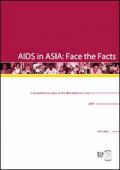
Resource | Publications,
This report focuses largely on prevention of HIV among adults and adolescents. It focuses largely on East, South-East and South Asia, though it also includes information from some Central Asian nations, including Iran, as well as some of the developing countries of the Pacific.






